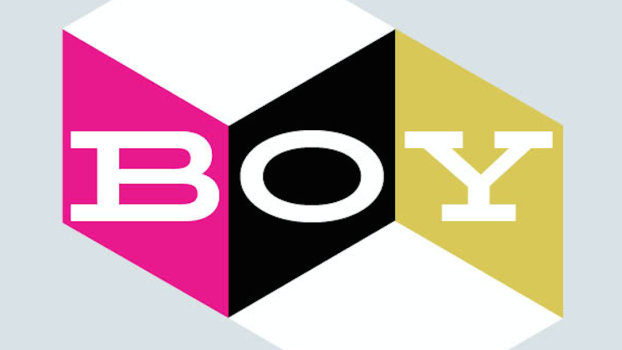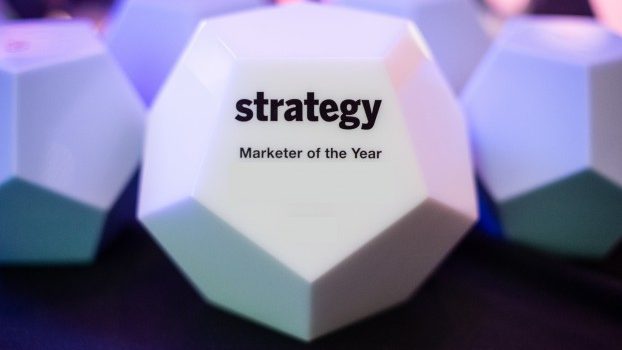Seven months into the pandemic, Canadians’ mental health has returned to levels seen in April 2020, when the population’s mental health risks hit “crisis levels,” according to the October results of Morneau Shepell’s monthly Mental Health Index study.
Back in April, the HR services company recorded a mental health score of -11.7 for the overall working population, calculated based on a comparison with a benchmark period of 2017 to 2019 (a negative score indicates a decline in mental health). Scores improved modestly from May to July, then declined in August, before increasing again in September.
But as of October, Canadians’ mental health score returned to -11.4, largely due to a decline of work productivity and financial savings, as well as the “divisive U.S. presidential election.”
On a monthly basis, 28% of individuals reported feeling more stressed in October than during the prior month. While 66% said they felt the same level of stress, Morneau Shepell notes this doesn’t account for the cumulative stress that continues unabated, increasing the risks of burnout.
The October trend is “concerning,” because it indicates employees as a whole are currently in a similar state as the most distressed 1% of working Canadians prior to 2020.
“It doesn’t mean that everyone you know is going to develop a mental disorder; it just means that we have that risk,” says Paula Allen, SVP of research, analytics and innovation at Morneau Shepell, adding that those risks are expressing themselves in declines in work productivity and an increase in suicidal ideation and domestic violence.
“It also means that we have to be very active in managing that risk,” she says. “Because if we’re truly honest, none of us really know how close we are to having a mental disorder.”
Impacts on workplace productivity
While 41% of Canadians say they are putting in more effort at work, productivity scores continued to decline in October.
In April, work productivity was -13.4 compared to the benchmark period. After climbing gradually back up to -10.8 in September, productivity once again declined to -12.6 in October, approaching the lowest scores recorded in April and May.
“There have been some studies out there saying that we’re being more productive as a society,” says Allen. “But when you actually look under the hood, it’s because we’re putting in more hours. If you look at the level of productivity within a particular unit, it’s actually gone down.”
There are a number of reasons for this, she says, such as feeling distracted or emotionally drained at work, which causes people to work longer hours.
“When you have that strain, you have to put in more effort. And unfortunately, it starts a pretty negative cycle – you feel more drained, you put in more effort, you put in more hours, you have less time for recovery and self-care, and then it makes the next day more difficult.”
What employers can do
Morneau Shepell suggests that addressing the prolonged impact of strained mental health will require action from individuals, businesses and governments. However, there are four things employers can do to support employees’ mental health, according to Allen:
- Open up the conversation around mental health: “It shouldn’t be necessarily a clinical conversation, but recognize that this has been difficult for everyone… And show that empathy. A lot of people under-realize how important it is for people to feel seen and heard and feel that their employer is empathetic to their experience. That’s really the starting point.”
- Communicate in a way that addresses stigma: “Making sure that people actually know where they can get help. You can’t assume – you might have a benefits plan with an [Employee Assistance Program (EAP)], you might have coverage of psychological services – people often don’t pay attention to what they have until they need it… Even that process of reminding, again, takes away some stigma.”
- Support your managers: “There’s training that’s available from many different sources – your EAP is likely to have one as well – that helps managers with resilience of teams, helps with how you support a mentally healthy team, and very importantly, how to step in when something is not right and assess it in an appropriate way, so you’re not crossing a boundary… These are skills that managers need more than ever, and none of them require face to face contact.”
- Recognize that financial uncertainty is currently a major driver of anxiety: “As an organization, again through their EAP or other benefits program, they have access to things that can help employees understand that it’s important to take stock of their finances, have contingency plans, maybe increase their savings – all of these very tangible, practical things we found actually helps people’s mental health.”


























